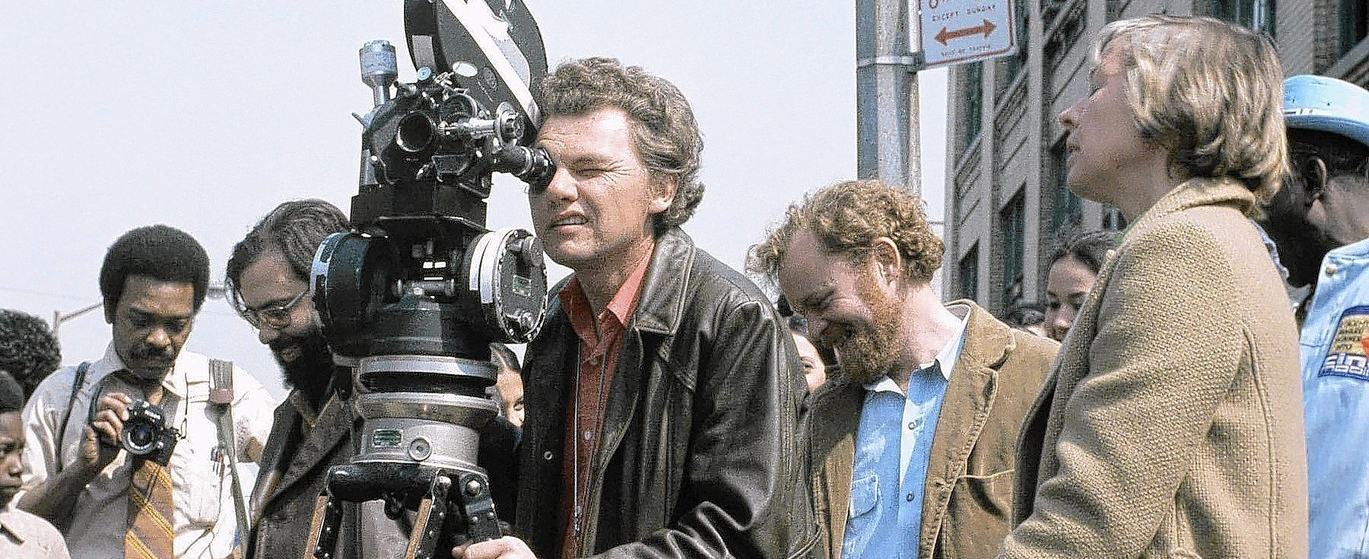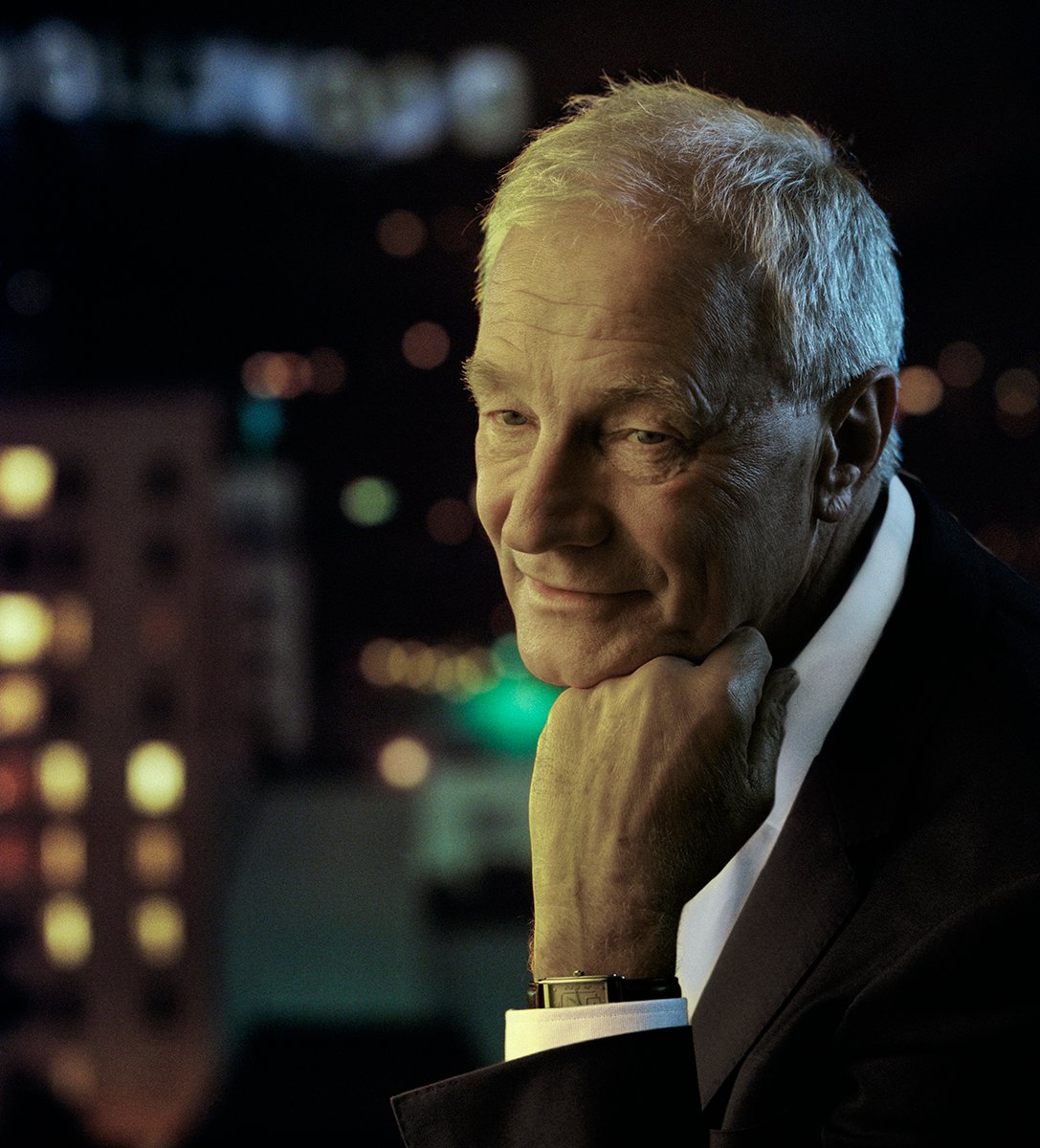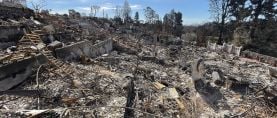
President’s Desk: The Fast Shooter
Is he fast enough? Does he take a lot of time lighting the set? When is the first setup? Through my whole career, I have been pursued by these questions.

Is he fast enough? Does he take a lot of time lighting the set? When is the first setup?
Through my whole career, I have been pursued by these questions.
Even when you choose to photograph a set without any lighting because it looks beautiful exactly as is, if you then move a small LED light in to clean up a close-up, they’ll again question your speed: “You said you didn’t need any lighting here.” Most of us stay calm, though, and shrug it off with a comic remark. “We are artists — and we don’t always know what we are doing.”

There is actually a lot of truth to that statement. I think that many times we are not exactly sure what we are going to do. After all, we get inspired by the story, by the environment. Yes, we plan and analyze, but rarely will our drawings translate to the definitive image that we’re striving to put on the screen. They only serve the purpose of liberating us, giving us options, and, perhaps most importantly, giving the world around us the impression that we are prepared.
Ironically, when we turn on all the lights we might have indicated on our plan, it probably won’t appeal to either our taste or our intention. We will quickly find ourselves scrimming lights down, adding diffusion, and, more often than not, turning them off as we search for a balance of light and dark that artistically and creatively supports and enhances the story.
Our euphoria swells when the backlight hits the subject just right, when a sidelight creates the perfect atmosphere. But with the constant demand for speed hanging over our heads, it can start to feel like we’re bricklayers. Would anyone expect a bricklayer to stop what he’s doing and start musing about how the bricks are stacked? No — that guy has to work. Philosophy and bricks don’t go together.
But I feel that cinematography and bricklaying do sometimes have a lot in common.
When Frank Lloyd Wright set out to design Fallingwater — the magnificent house in the Pittsburgh area with various levels cantilevered over a small river with a waterfall — he sketched the concept with a few Picasso-like lines on paper. The Kaufmann family, who had approached Wright to design the home, loved the design and moved ahead with the construction. But the builders rebelled, complained and recalculated — and many concluded, “It can’t be built.”
Eventually, though, one builder said “yes” and started to construct Fallingwater in an unconventional manner: slowly, layer by layer, imbuing the home with strength and integrity — and, in the process, creating art.
So maybe we have to accept that we can be slow, and admit it to the outside world. As it is, it seems like we’re always working, always moving, constantly running options through our mind while negotiating for a minute here and a minute there in the hopes that we might improve on and make the most of the images we’re creating.
Maybe we need to slow down.
Gordon Willis, ASC could spend hours looking at a scene through the lens, demanding absolute control of the set, which would be shrouded in silence to the point where you could hear a pin drop. When he was finished, though, there would be 15 setups chalked out on the floor, specifying angles and focal lengths, and all of those setups would be shot in short order.
To me, that is all the proof we should need that intellect and inspiration provide the clearest route to being a fast — and artistic — shooter.

Kees van Oostrum
ASC President





